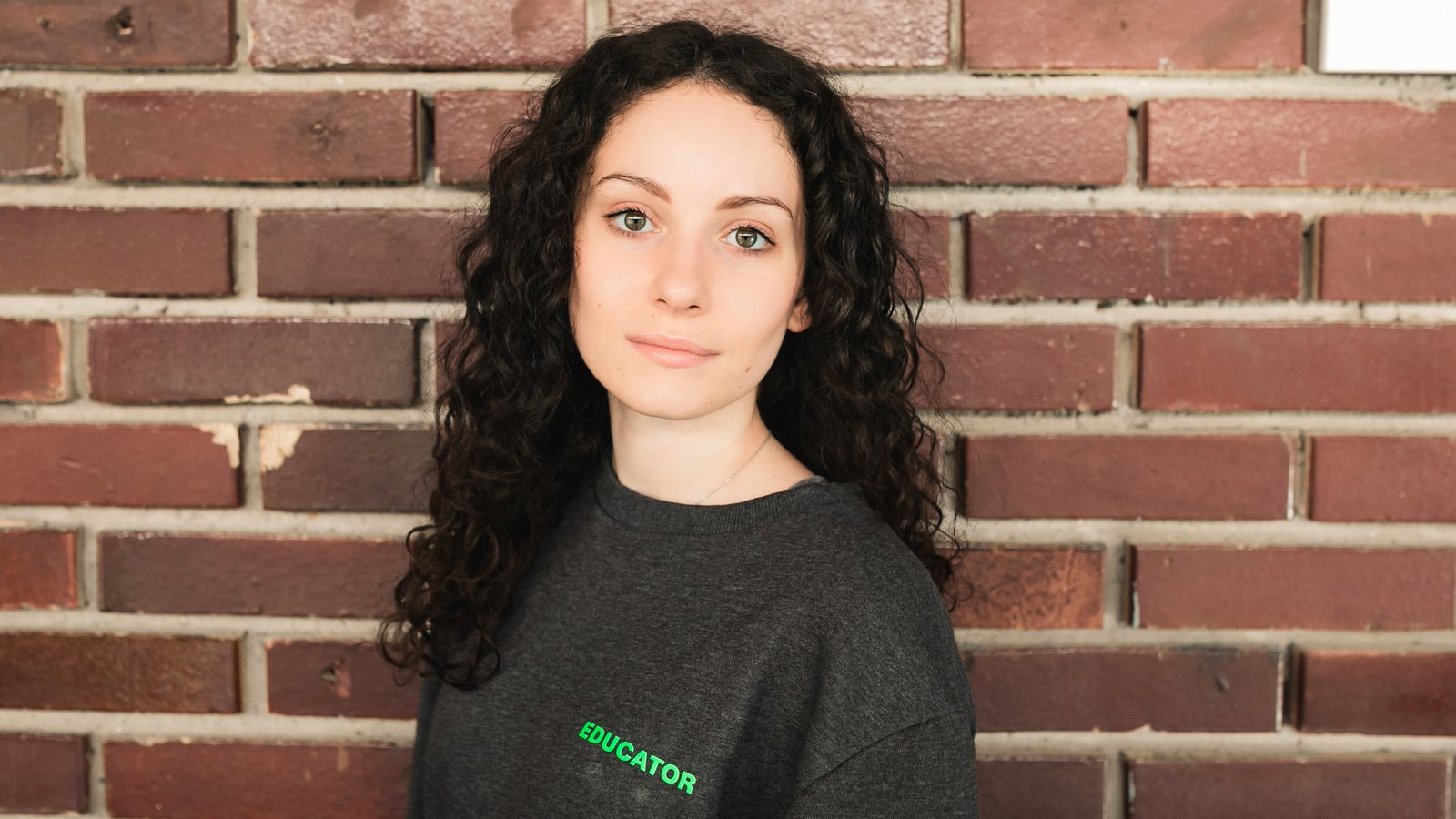Ksenya Petropavlovskaya Diary
Kseniya Petropavlovskaya (b. 1996, Saratov)
I graduated in Cultural Studies from NRC HSE, and in Art Management from the RMA Business School. I’ve been artistic director at XVI Gallery from its opening until today. While working on gallery projects I focus on the research of contemporary national art, particularly the Near Eastern art, having dedicated several academic papers to the study of diverse aspects of contemporary Syrian migrant artists’ practices in the context of decolonization.
There a certain cliché about people in Russia. They are said to be very closed and typically unwilling to communicate or interact in any possible way with each other. One has to admit that this prejudice is not groundless, as many Russians, indeed, somewhat draw borderlines around them. In my view, one of art’s key functions is to rid of stereotypes or at least change one’s opinions about them. A chance to look at the situation from the “outside”. As an experiment, the project Bureau des transmissions has demonstrated that, put in a creative and friendly atmosphere, people more eagerly open up and show that they really need to communicate, express and “discover” themselves through conversation.
Part 1. The Dare-devils
Some visitors—apparently, Garage regular attendees—turned up in the space already pretty relaxed, open and self-confident. At first glance, it was clear that they felt extremely free in the museum, jut as at home. Talking to such viewers was usually especially captivating, lengthy and productive. Here is one such situation.
Having entered the Bureau space, two young people immediately proceeded to me asking whether it was allowed to use Skype very quietly, to discuss some urgent business matters, no longer than for twenty minutes! As I said yes, one of them sat on a pedestal with a laptop and earplugs, while the other began exploring the show in my room. After a short while, the three of us were enthusiastically discussing the position of migrants in this country. At Ladder Caféthe atmosphere was both creative and chaotic: we drew schemes, put down ideas, and discussed the future project by the young people the conception of which derived from our talk and interaction with the installations…. Overall, our conversation took almost three hours.
Part 2. Quieter than water…
Obviously, not all visitors were so keen to enter into a dialogue. Most people were still embarrassed and shy as if they were slightly afraid of what was going on around them (avoiding contact with me, too). It was a great success to finally find common language with them and engage in a conversation about the exhibition and the discourse around it.
A visitor—evidently, a university student, a very shy guy—was alone in the room. It wasn’t his first time there, however. He already came an hour before but, apparently, my initial attempt to talk to him seemed too embarrassing for him, so he left horrified without saying a word. But no matter what happened then—he was back here, ready for communication. Although he chose a particular topic which turned out to be… Pavel Pepperstein’s show which he came to visit for the third time and had no one to discuss with. The guy said he was a physics student, and his group mates or friends don’t share his passion for contemporary art. Ultimately, I did manage to shift his interest in the Pepperstein project towards one of the issues raised by the microsillons group, leading to a new discussion. I’m sure the young man left pretty satisfied with that visit to Garage: he enjoyed the exhibition, discovered for himself something new in the space of the Bureau, experienced the magical effect of art therapy, and finally, met someone who could discuss it all with him.
Part 3. The third age
They say, retired people usually are not fond of contemporary art, as it seems incomprehensible and alien to them. Bureau des transmissions has helped to prove the opposite for some of hem.
A woman aged 70+, very stylish, wearing a hat, literally “rushed” into the room and began actively exploring it. Seeing her enthusiasm, I initiated a conversation straight away. She constantly interrupted me, not allowing to finish my thought and suggesting her own visions instead:
— Here is Karoline H. Larsen’s installation, just imagine, she created with the help of the visitors….
— We should throw a ribbon immediately, am I right? They are needed to be thrown, right??? Can take a few ones? (she took a bunch of ribbons and climbed into the tower faster than the wind to throw them from upstairs)
I couldn’t catch up with her in any possible ways: she moved so quickly across the space that it seemed she was simultaneously everywhere and elsewhere.
